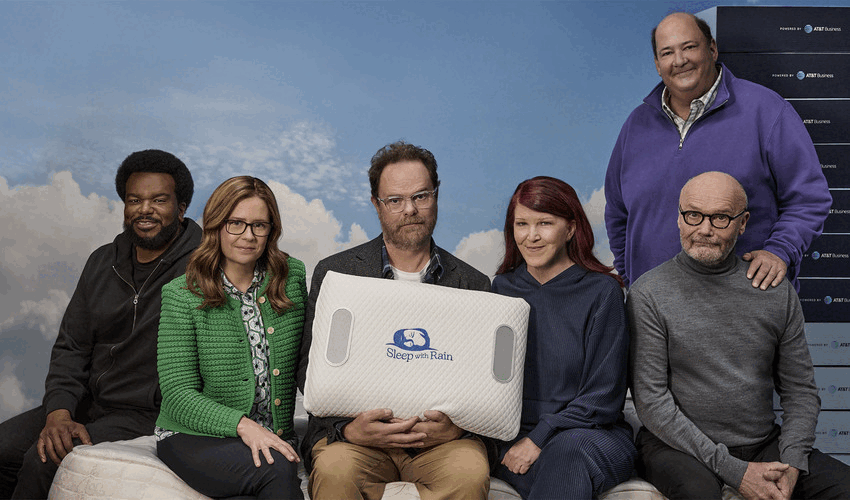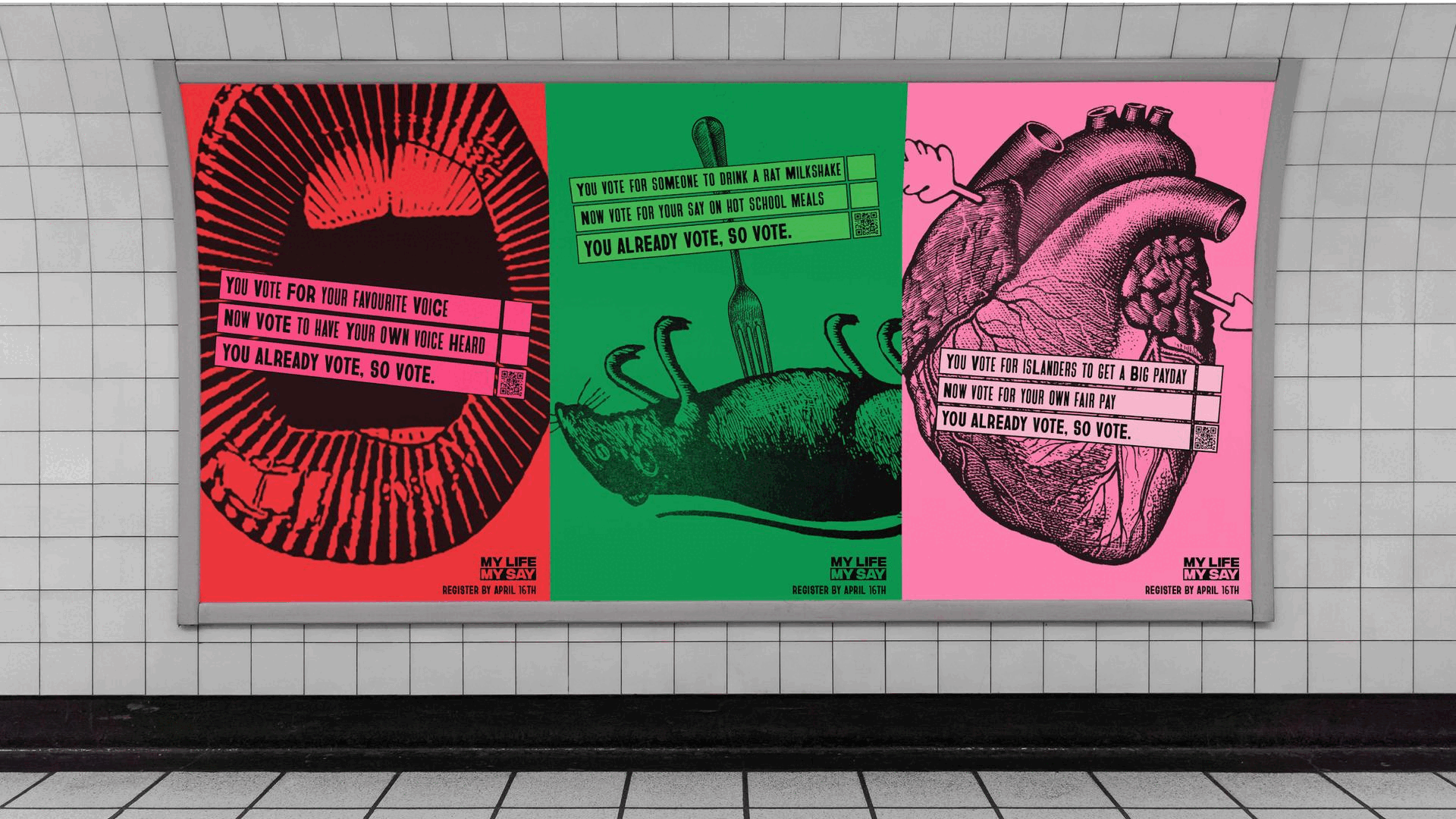The Big Issue: Viewability
- Tuesday, July 7th, 2015
- Share this article:
Each week in July, well be taking one of the four biggest issues in mobile advertising right now – ad blocking, viewability, ad fraud and brand safety – and examining it close up. In this second article in the series, we explain everything you ever wanted to know about viewability but were too afraid to ask.
 For a long time, the impression has been the meat and potatoes of digital ad measurement. But as the market matures, its become increasingly apparent that merely measuring whether an ad is served isnt enough.
For a long time, the impression has been the meat and potatoes of digital ad measurement. But as the market matures, its become increasingly apparent that merely measuring whether an ad is served isnt enough.
According to Google, 56 per cent of display ad impressions, and 46 per cent of non-YouTube video ads, are never actually seen by a user. Things are better on mobile – only 17 per cent of video ads on smartphones go unseen, while a Celtra study found that 37 per cent of mobile display ads are never viewed, compared to 45 per cent on desktop – but theyre still far from perfect.
For this reason, advertisers are keen to move to what are known as viewable impressions. This means they only pay for ads that are actually visible on the users screen, rather than any which are rendered but that users simply scroll past, have open in a background tab, or otherwise never get a chance to see.
An IAB study in May 2014 found that 84 per cent of brand advertisers want to move towards viewable rather than served impressions, and its not difficult to understand why viewability is so important to them.
“An ad that is not viewable cannot have any impact, cannot influence the behaviour of people,” says Laurent Nicolas, co-founder and CEO of Alenty, the viewability measurement firm acquired by Appnexus last June. “So, from an advertisers point of view, it is pure waste.”
How do we define a viewable ad?
When it comes to definitions, the best place to start is with the MRC and IAB US standard for display ads, established back in March 2014. Under this definition, at least 50 per cent of an ads pixels must be visible for at least one continuous second for an impression to count as viewable.
This means that ads at the top of the screen wont automatically be 100 per cent viewable. If the layout means the content the user is looking for is lower down the page, they might scroll past it – Google research has found that the units which perform best for viewability arent at the top of the page but right above the fold. Worse, if the page doesnt contain exactly what theyre looking for, the user may even exit the page less than a second after the ad loads.
The MRC and IAB have since released two additions to their definition. For large ad formats (upwards of 970×250), only 30 per cent of the banners pixels need to be visible, reflecting the way these ads are deployed. When it comes to video ads, the difference is time: 50 per cent of the video must be visible for at least two seconds.
These standards are widely accepted, but theyre still far from universal. Many companies on the demand side of the equation want more a stringent definition. Global media investment firm GroupM, along with client Unilever, has reportedly demanded that video ads are only counted as viewable if 100 per cent of the video is visible for at least 50 per cent of its runtime, with the sound turned on.
On the other side of the fence, Facebook – which has been charging for viewable impressions only since the middle of last year – has attracted criticism for using its own definition, one considerably looser than the MRC standard.
“We measure an ad impression the moment an ad enters the screen of a desktop browser or mobile app,” Facebook said in February. “If an ad doesn’t enter the screen, we don’t count it as an ad impression.” This disregards both the proportion of pixels and minimum visible time put forward in the MRCs definition, meaning that ads that get scrolled past would still count as viewable, as long as some fraction of the ad is visible for a split second.
Arguably, though, the exact definition doesnt matter so much as settling on a single standard.
“One very important point that the market has some difficulty understanding is that this IAB definition is meant to be a currency for trading,” says AppNexus Nicolas. “It represents the minimum conditions for people to realise they are exposed to a banner ad.
“They may or may not be able to know what brand it was, what product it was, which is something that advertisers very often say – the IAB standard is not enough, because people dont see my product – but thats a question of performance for the campaign, whereas the IAB definition is a question of the possibility to see the ad.”
For brands really hoping to get their moneys worth in terms of viewability, the standard isnt the end of the road – its a foundation to build on, and to be better inform their buying decisions.
“In the long run, you will be able to trade on viewable impressions, and on top of that, be able to optimise your campaign by other viewability criteria – like, I want 100 per cent of the pixels of my banner to be viewable for 10 seconds – along with clicks and conversions. But thats a different question, which is separate from the IAB definition.”
Splitting the difference
These differing definitions, along with a number of discrepancies in metholodogy – such as whether a vendor uses a Page Geometric or Flash-based method, or a combination of both, and whether they measure the ad itself or its i-frame container – have contributed to viewability figures that vary wildly between vendors.
The IAB reports publisher-observed variances of 30-40 per cent, and this is causing widespread frustration across the industry, for both advertisers and publishers.
In May, AdAge reported that major advertisers, including Kellogg and Kraft, were pulling budget from the likes of Facebook and YouTube over viewability verification issues. On the other side of the fence, Telegraph digital commercial director Mike Buckley called on the trade bodies to “sort it out bloody quickly”.
“We are expected to have high viewability scores, but I’m not sure because I have a million and one ways of measuring it,” Buckley said at an AOP event in May. “There is no consensus on viewability. What a bloody mess it is. There are nine companies offering measurement, we are trialling four of them and we are seeing scores from 50 to 70 or 80 per cent. How on God’s earth am I supposed to trade on that?”
However, the vendors we spoke to insist that this discrepancy is minimised, at least amongst MRC-accredited vendors.
“The good viewability vendors have quite comparable numbers, within 10-11 per cent.” says AppNexus Nicolas, and this figure is just about within the MRCs guidelines, which state that a 5-10 per cent level of variance is acceptable.
But right now, the fact remains that advertisers and publishers are seeing dramatically different viewability results depending on which vendor they partner with. And these discrepancies are a major reason that industry eyebrows were raised at the recent introduction of 100 per cent viewability guarantees.
100 per cent guaranteed?
In May, Millennial Media announced it would be trading 100 per cent viewable in-app display ads, through a partnership with Integral Ad Science. MediaBrix followed just days later with the news that it would be bringing its own viewability-guaranteed offering to Europe for the first time, in partnership with Moat.
“We will only bill on impressions when theyre viewable,” says Millennials VP of business development, Andrew Bradway. “Its an offering that advertisers can opt into.”
The appeal is obvious on both sides of the equation. On the supply side, those impressions are sold at a premium, while advertisers get to ensure theyre not wasting a penny of their ad spend. However, the IAB officially advised against 100 per cent viewability guarantees last December, recommending that in 2015 – which it calls a year of transition for viewability – impressions are traded as measured rather than viewable, with a threshold of 70 per cent viewability.
“Going all the way to 100 per cent is tricky, because not all ads are measurable, and theres theres a very good chance that one vendors viewability score is going to be different to anothers,” says Matt Keating, UK country manager at BuzzCity. “So youre not really at a point yet where the technology is going to give you a safe 100 per cent figure.
“Advertisers need to not expect too much too soon. Its not as if TV is criticised for the fact that a lot of people will go off and make a cup of tea during the ad breaks – thats kind of accepted.”
However, Millennials Bradway argues that this discrepancy issue only really applies to online advertising, rather than the in-app inventory to which its viewability guarantee applies:
“In the mobile environment, were somewhat isolated from that discrepancy because the MRC has not yet released their full guidance and started the accreditation process on mobile. Integral Ad Science is the only measurement vendor with a mobile in-appp viewability solution in market – so we dont have those issues today, because its limited to one vendor.
“Were hoping to learn lessons from desktop,” he says. “By establishing persistent metholodogy through our SDK and open standards that the entire ecosystem can use, where everyone is using the same methodologies to calculate viewable impressions, we can remedy some of the downstream issues that youre seeing online.”
The app situation
This address a key issue – the difference between mobile web and app viewability. Almost everything weve said up to this point has applied to the web, primarily desktop, because thats the path which the market has followed until now.
The mobile web is treated much the same as desktop when it comes to viewability, with a few minor differences. “There are some specific difficulties,” says AppNexus Nicolas. “For example, if someone is zooming in to see the content, and the ad placement is around that, it wont be viewed.”
The MRC seems to be considering a separate set of guidelines, but for now both are measured in the same way. However, apps remain unconquered territory, and the MRC has advised against trading on viewability for non-web ads.
“There are some technical challenges to measuring viewability in mobile apps,” says Nicolas. “Its a different environment and nobody today can really measure viewability in mobile apps with good reliability.
“But at the same time, the market assumes that the ads in mobile apps are either viewable or not served. The way mobile apps are built when it comes to advertising means there is no equivalent of scrolling down, so the ad is usually 100 per cent viewable. So, even though there are some technical difficulties, the demand for in-app ad viewability is just not as strong.”
“The nice thing about mobile advertising is that, at this point in time, while viewability is very important, it is not the same magnitude of issue it is on desktop,” agrees Fiksu chief strategy officer Craig Palli. “The fact of the matter is that the vast majority of mobile consumption is in-app. As soon as youre talking about apps, theres no opportunity for an advertisement to appear below the fold, so its completely minimised.”
App ads dont come with an automatic 100 per cent guarantee built-in, however. Earlier this year, Integral Ad Science study found that only 81 per cent of in-app ads were actually viewable. Thats better than most of the figures we began this article with, but its certainly not perfect.
As digital spend increasingly moves over to mobile, and the MRC most likely issues separate guidelines for mobile, this is likely to be the next battleground for viewability. Compared to desktop, the problem is already minimised on mobile, thanks to the nature of the devices, and as with many issues in mobile advertising, theres an opportunity to learn from the mistakes made on the channels older sibling.
















